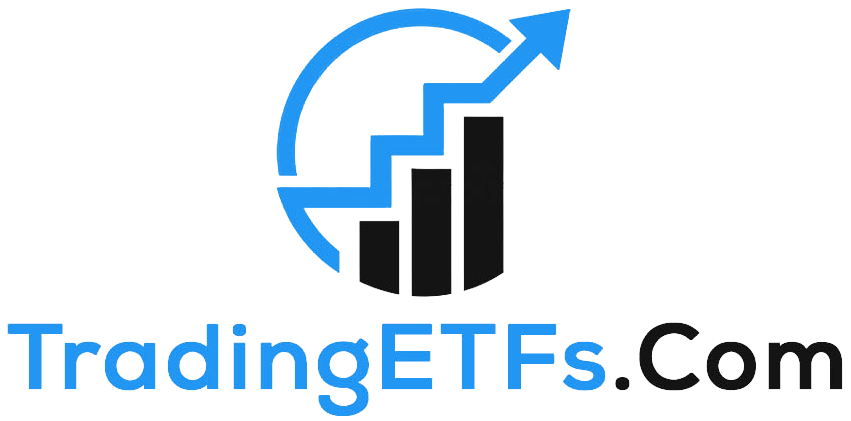[ad_1]
If you are looking to invest in software stocks, but not sure how to value them, you are in good company. Even venture capital firms have no standard method for accurate valuations of software companies. Software companies can have nontraditional business models, unattractive price-to-earnings ratios, and low profits when compared to businesses in other sectors and yet still be a good value. So how is an investor to evaluate a software company?
The Structure of Software Firms
Software companies today operate on many different business models and provide a wide range of products and services. These include software license sales, maintenance services, subscription fees, and other support services. Companies are increasingly turning to the software-as-a-service (SaaS) model where customers never possess or install the software. Instead, customers pay a subscription fee to access the software through the Internet on the provider’s server.
Investors should be aware that change happens quickly in the software industry. Rapid advances in technology can allow a new entrant to overtake an established competitor within weeks. Traditional software companies like Microsoft are facing challenges from Internet-only offerings (such as Google Docs) or free open source substitutes (like OpenOffice). Even established software companies that have been industry leaders for decades — think Microsoft, Oracle, Symantec, and EMC — have varying price-to-revenue ratios with no standard range applicable for valuation. (Related: World’s Top 10 Software Companies )
Valuing a Software Businesses
Trying to value a software company using standard factors does not give reliable results. The uncertainty in predicting the future cash flow and hence the discounted cash flow (DCF) analysis remains the major challenge for valuing software businesses, as traditional numbers in financial statements may not convey much.
However, there are other factors on which software business revenues and profits really depend. Beyond standard valuation factors, investors should also consider these following, top 10, hidden factors when analyzing or investing in the software industry.
#1. Customer Profile
The customer profile includes customer-specific details like geographic, demographic, and psychographic characteristics, along with buying patterns, business needs, software spends estimates and purchase history. It can impact the revenues and profit significantly for a software company. A company with a small number of large customers contributing most of the revenue can focus on customer service. However, such a customer base also carries risk because the loss of just one customer could significantly affect the company’s profits.
At the other extreme are companies generating tiny amounts of revenue from millions of customers. This might include an email and app hosting provider like RackSpace offering economical services like email starting from $2.00/mailbox/month to each of its millions of customers. Such companies can add customers in droves but then struggle to keep them engaged and lose them just as quickly.
A large customer may think twice about moving from a $1.2 million software product to a $1 million product. However, customers will not hesitate to go from a $2 to a $4 mail service if the product is better or peers have made the switch. Therefore, always consider the customer profile when evaluating future revenues of a software company.
#2. Partner Profiles
A partner (like a hardware provider for a customized software offering) or a depending source (like search engine rankings for an online business) can impact software business revenues. For example, certain versions of a Linux operating system may run only on certain hardware or a Google Chromebook laptop may need specific hardware from a specific company.
Any direct or indirect conflicts in the business model, infrastructure, and revenue between the two dependent companies can impact the business severely. Being aware of these dependencies can assist in better risk assessment for your investment.
#3. Customer Engagement Lifecycle
One important measure of software business predictability lies in how long the company can keep a customer locked-in for recurring revenues. Determining factors include the customer’s costs for switching to a competitor, operational challenges in a switch in terms of dependencies on processes, people, and technology, new offerings from competitors (including free offerings), and the duration of license or service contracts.
A long engagement lifecycle with high costs and challenges in switchover is ideal and helps investors make accurate predictions about future software revenues.
#4. Referral Business and Network Impact
The 2010 film The Social Network traced the rise of Facebook. A memorable line from the film explains:
The users are interconnected, that is the whole point. College kids are online because their friends are online, and if one domino goes, the other dominos go.
Customers often begin using Facebook, WhatsApp, Venmo, or any other application because their friends are using it. Users bring in more users, while quitters or migrants to other applications take users away with them. The same principle applies to large corporate customers. A new banking software may quickly become dominant after gaining just a few large corporate clients.
#5. Scalability Potential
How scalable is the company’s software product? Microsoft is a great example of a company that pioneered and reaped the benefits of selling multiple copies of the same software on larger scales, resulting in profits without additional costs. A financial software company selling market data through end-of-the-day daily files can multiply revenues without any additional costs. Generally, increasing software revenues/sales result in increasing profits at little or no additional cost. Scalability potential assessment is an important parameter in evaluating a software business.
#6. Adopting New Technologies
The traditional model of selling software on a CD and leaving the customer responsible for installation, self-learning, and usage is fading. Newer software companies are on the cloud, mobile, and social platforms. They sell software-as-a-service (SaaS) with continuing subscription fees instead of software as a widget for a one-time payment.
Older companies like Microsoft have been struggling to transition to a cloud platform and bring the system licensing fees to zero (or bare minimum) for its traditional server operating system software. Oracle too has been under the scanner on how it will compete against the likes of cloud-based competitors like Salesforce.com. Investors should keep a close eye on the openness of the company to adapting to emerging business trends.
#7. New Business Domain Expansion
For years, Microsoft continued to focus on desktop and laptop computers even as customers flocked to mobile devices. When Microsoft finally offered mobile devices that ran on a Windows phone operating system, it had a clear message of making itself compatible with the needs of the changing world. A customer on a Windows phone could lead to more Bing search traffic which in turn may provide additional advertising revenue from Microsoft.
SAP’s acquisition of HANA software was a similar expansion. HANA enhanced SAP’s cloud portfolio by providing a high-speed database that allows clients to store, analyze, and access information without actually relying on traditional disk-based storage. Flexibility and growth into new product areas can add significant revenues to software companies.
#8. Brand Uniqueness and Value
Linux, Solaris, Ubuntu, Chrome and various mobile operating systems exist, but Windows continues to be the dominant operating system. An assessment of how much the brand value and uniqueness of software product and services offered can provide insights into business future and associated revenues.
#9. Top Management
Stability, driving guidelines about future directions, decision making and strategy for future investments are some of the core competencies to look for in the top rung management of a software firm. Symantec fired its CEO Steve Bennett and its share price tanked by 10 percent. Such developments not only affect the share prices but also impact the business image which may later affect revenues.
#10. Visibility and Predictability
Any investor looks for clear estimates about future income, and the same applies to software companies. Investors should additionally look for the following to gauge future revenues:
- Does the company have technology patents to protect against the competition?
- What are the general trends in the industry? For example, the medical software market may be predicted to expand in the next 5 years, but the entry of numerous new competitors may divide market share.
- What are the future plans for the company? If the company is sitting on mountains of cash, will it be using it for business expansion or paying back shareholders?
The Bottom Line
Valuating any business is a tough task, but evaluating a software company is a special challenge. In addition to standard financial numbers, investors should consider a host of other factors like customer base, business model, scalability, and visibility before investing in a software company.
[ad_2]
Source link Google News

